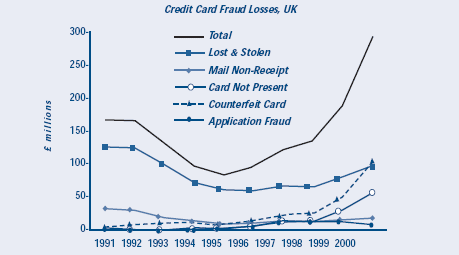
Offenders make choices based on their perceptions of opportunities. Understanding how offenders see things is important to preventing crime because almost all crime prevention involves changing offenders' perceptions of crime opportunities. Some prevention programs work directly on offenders' perceptions, as when police inform offenders that they are being closely watched. But most prevention schemes work through one or more intermediate steps, as in property marking schemes, for example, where residents apply window stickers showing participation. Changes in the environment change offender perceptions. These perceptions influence offenders' behaviors that, in turn, alter crime patterns.
In many cases, the preventive measures deter offenders from further criminal activity. They can also have the positive unintended effects of: (1) reducing crime beyond the focus of the measures, which is known as diffusion of benefits (see Steps 13 and 47); and (2) reducing crime before they have actually been implemented, known as anticipatory benefits (Step 52). However, preventive measures do not always achieve the desired effects, sometimes because offenders are quite unaware of the interventions in place. For example, offenders may continue to offend in the face of covert enforcement because they might not perceive that their risks of being caught have increased. In other cases, offenders may adjust negatively to the preventive measures. These negative adjustments include displacement and long-term adaptation.
- Displacement occurs when offenders change their behavior to thwart preventive actions. Displacement is the opposite of diffusion of benefits. Displacement is a possible threat, but it is far from inevitable. Reviews show that many situational prevention programs show little or no evidence of displacement, and when displacement is found, it seldom fully offsets the prevention benefits (Step 12).
- Adaptation refers to a longer term process whereby the offender population as a whole discovers new crime vulnerabilities after preventive measures have been in place for a while. Paul Ekblom, Ken Pease, and other researchers often use the analogy of an arms race between preventers and offenders when discussing this process. So, in time, we can expect many crimes that have been reduced by preventive measures to reappear as criminals discover new ways to commit them. Adaptation may occur as the original offenders slowly discover new methods, or it may occur as new offenders take advantage of changing opportunities.
A good example of adaptation is credit card fraud (see the Box). Another more recent example of adaptation involves bike locks. Bike thieves discovered that they could defeat a widely used and effective lock by using a common and cheap ballpoint pen. But not all preventive measures are so vulnerable to criminal ingenuity. For example, Neal Shover has argued that technology has brought a lasting respite from safecracking, which is now very rare though it was once quite common.
In some circumstances preventive actions may stimulate defiance. This occurs when offenders challenge the legitimacy of prevention efforts and commit more crimes rather than fewer. Police are legitimately concerned, for example, that premature displays of force can sometimes stimulate crowds to engage in riotous behavior, so police often refrain from dressing in full riot gear until there is strong evidence that serious misbehavior is likely. There is some research evidence that defiance is more likely when the police are perceived to be unfair and heavy handed, and that people are more law abiding when police treat them fairly, even if the outcome is not what people desire. In general, defiance is not a well-documented phenomenon, but it cannot be ruled out as a possibility, particularly when police use enforcement as the principal prevention tool.
Offender Adaptation and Credit Card Fraud
Michael Levi and his colleagues have described how a partnership between the police, the British Home Office (similar to the U.S. Department of Justice), and the credit card issuers led to successful action in the mid-1990s to reduce credit card frauds. The measures introduced included new lower limits for retailers for seeking authorization of transactions and more secure methods of delivering new credit cards to consumers via the mail. As the figure shows, there was a resulting marked reduction in fraud losses (total, lost & stolen, and mail non-receipt). In recent years, however, credit card losses have begun to climb again. This is due principally to a growth in losses resulting from "card not present frauds" (due to the rapid expansion of Internet sales) and in counterfeiting of cards (said to be the work of organized gangs in East Asia).

Read More:
- Ekblom, Paul (1997). "Gearing up Against Crime: a Dynamic Framework to Help Designers Keep up with the Adaptive Criminal in a Changing World." International Journal of Risk, Security and Crime Prevention, 2: 249-265.(Accessible at www.homeoffice.gov.uk/rds/pdfs/risk.pdf

